Peter Finch’s Ultimate Tee-To-Green Strategy Guide
Peter Finch explains his best strategy advice from three crucial distances of 150, 300 and 450 yards from the flag with the help of data from Shot Scope
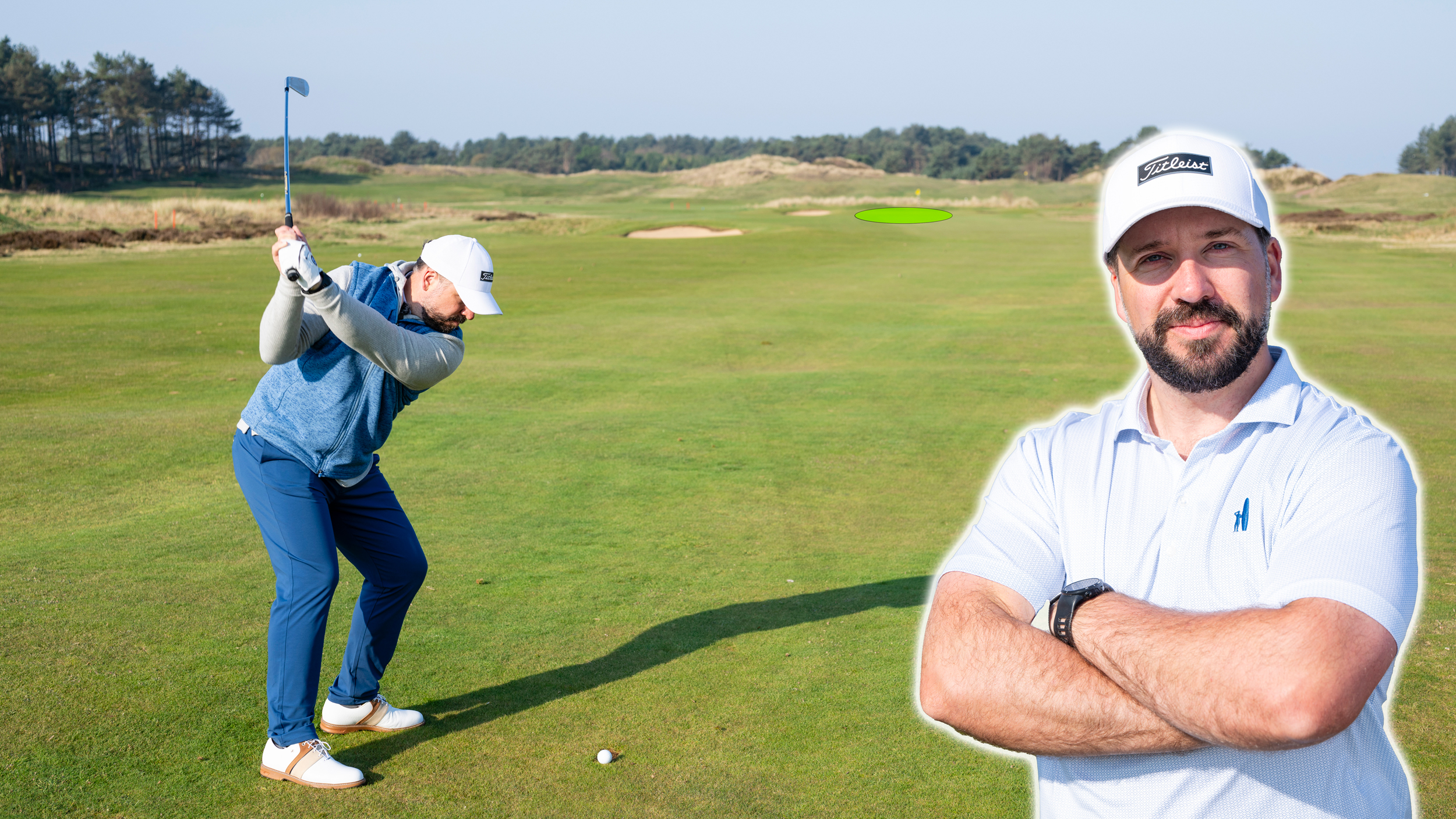
There’s no doubt that golfers underestimate the importance of a solid strategy. In fact, having a proper plan for how to navigate your way around the course is arguably as important as your technique. So we’ve enlisted the help of Golf Monthly Top 50 coach and YouTuber Peter Finch who, with the help of data from Shot Scope, will explain some of the considerations golfers need to have from these three key distances and suggest some changes to how golfers approach them to take fewer shots and ultimately, lower their scores.
WATCH: Peter Finch gives his best strategy advice to help golfers lower their scores
150 Yards
Now from this distance away from the flag, be it on a par three or an approach shot into a par four, the average golfer (15 handicap) will use a 7-iron with an average proximity to the hole of 92 feet. The most common miss is short according to Shot Scope data, with 15 handicap golfers coming up shy 43% of the time.
In contrast, scratch golfers most commonly use a 9-iron here and average 44ft away from the pin, more than twice as close as the 15 handicap, and only come up short 19% of the time.
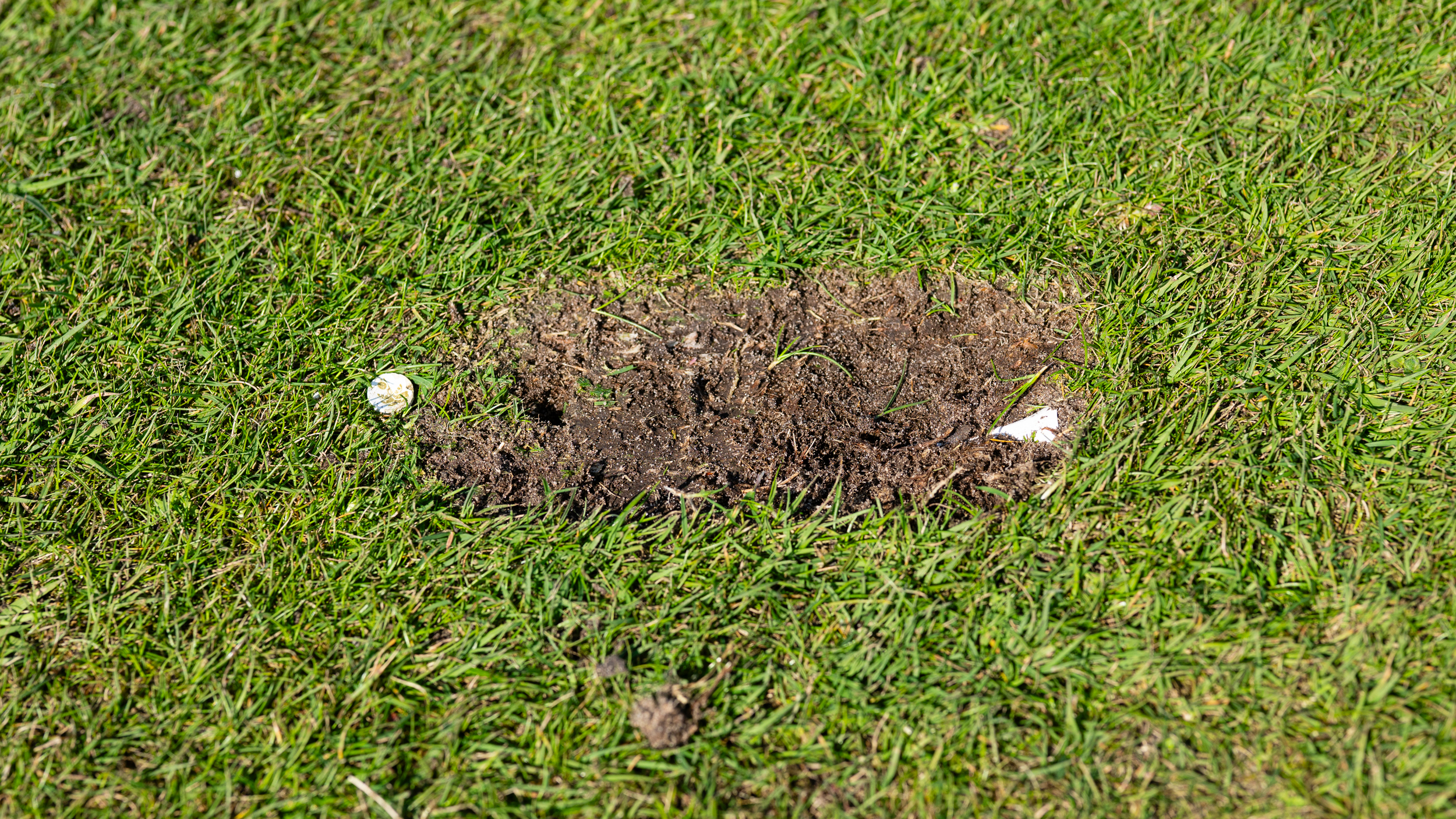
Use this tee peg drill to achieve better strikes with your irons from 150 yards
As Peter Finch explains in the video above, average golfers typically don’t take enough club from this distance but they also struggle to strike their irons properly with a descending blow. A good drill to improve your mid-iron play is to push a tee into the ground about two inches in front of the ball. Your goal during practice should be to strike the ball and then the tee peg in front of the ball. This provides immediate feedback that the ball has been struck cleanly with a descending blow, compressing the ball and achieving a powerful ball flight.
In summary, average golfers can learn from better players by either clubbing up or improving their quality of strike to miss the green short on fewer occasions. So by working on a more consistent contact the reward should be shorter clubs into greens which means more greens found, a tighter dispersion and better scores.
300 yards
Off the tee on a short par four, a longer player has the opportunity to go for the green, but the average golfer who drives it 236 yards has to decide if they hit their driver and get as close as possible or hit something ‘safer’ and leave themselves a longer approach shot.
The stats say, however, that less club does not necessarily mean safer as golfers using a 3 wood only hit 1% more fairways than driver. The Shot Scope data also tells us that every ability of golfer has a lower score on holes that measure between 200-330 yards if they hit driver versus any other club in the bag.
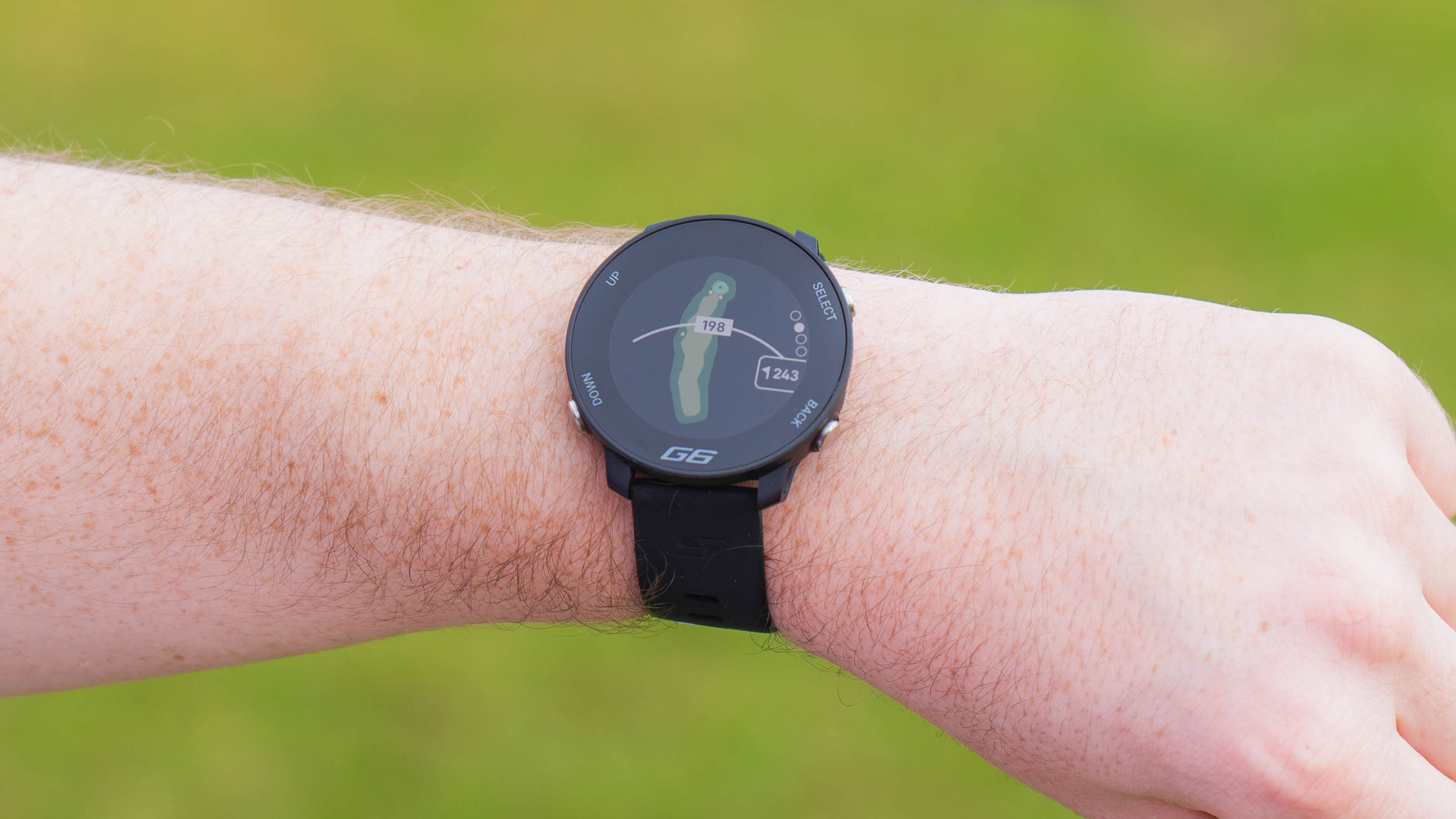
The Shot Scope G6 watch provides full color hole maps to assess what lies ahead
But as Peter Finch explains, the decision of what club to hit is somewhat dictated by the type and amount of trouble that lies ahead at your typical driving distance. You absolutely want to be avoiding fairway bunkers, out of bounds and any other lie that will incur penalty shots like penalty areas or gorse bushes. Having good course knowledge or previous experience will paint a better picture of what lies in wait for you, but if you’re unfamiliar with the layout you’re far better off hitting to areas you know are safe, perhaps having consulted with a course planner or the hole maps on your golf GPS device.
There is also an element of risk and reward here, though. For example if you’re fairly competent from the sand, being in a greenside bunker is arguably better than being in the fairway 125-150 yards from the green - especially when you consider the average proximity for a 15 handicapper from this distance is 79 feet.
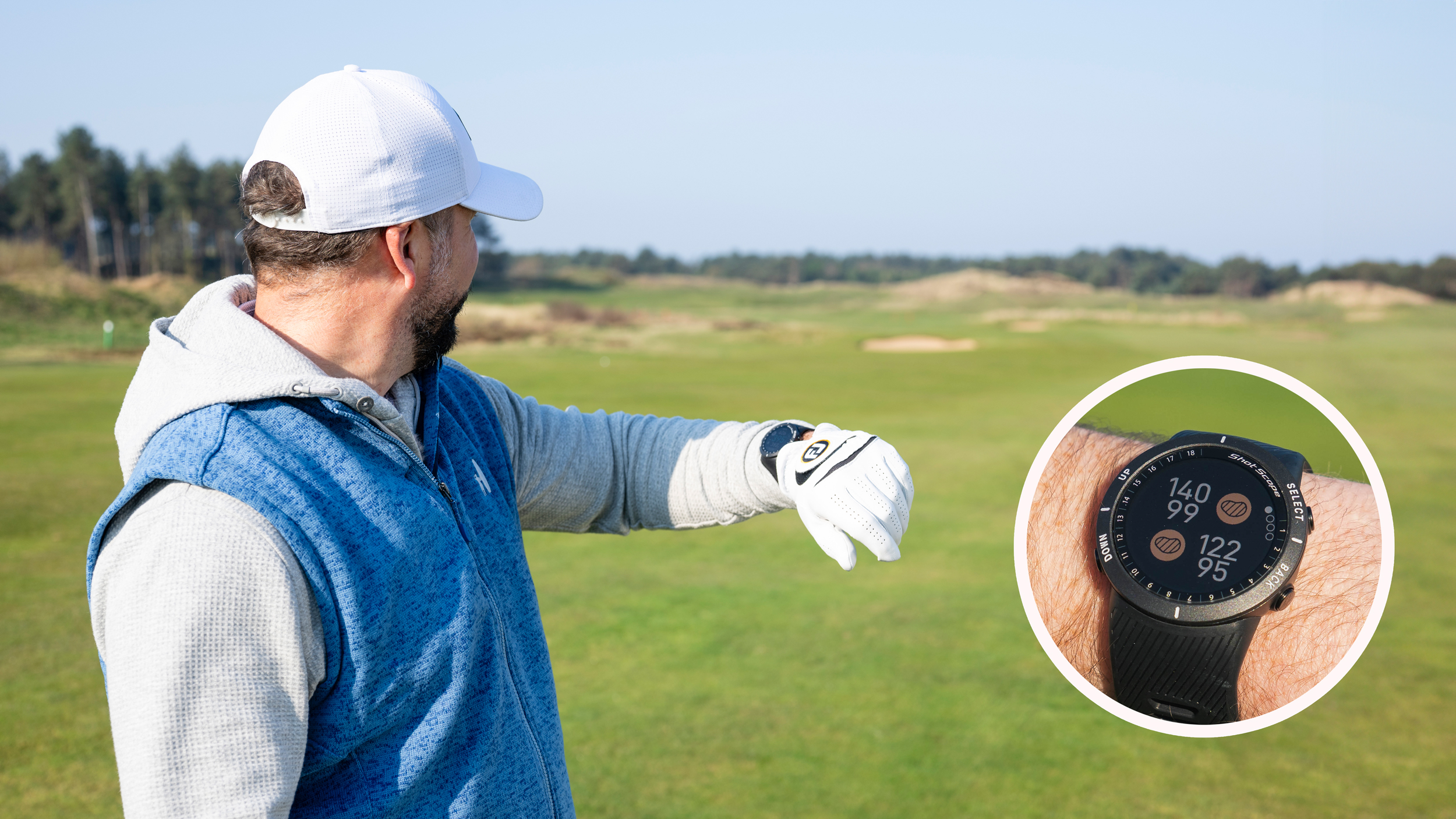
Using tech, like the Shot Scope V5 watch, can help you avoid penal hazards
So in summary, choose driver where possible on short par fours but only if you’re confident of avoiding fairway bunkers and hazards and favor the safe side of the hole if there is one.
450 Yards
A par four of this length is a tough one by any golfer’s standards and unless you’ve got a complete mental block with the big stick or there’s serious trouble in play for your driving distance, hitting driver is the best way to maximise the chances of shooting the lowest score.
On 450 yard holes, golfers using a driver average 0.3 strokes better than golfers using less than driver according to the Shot Scope data.
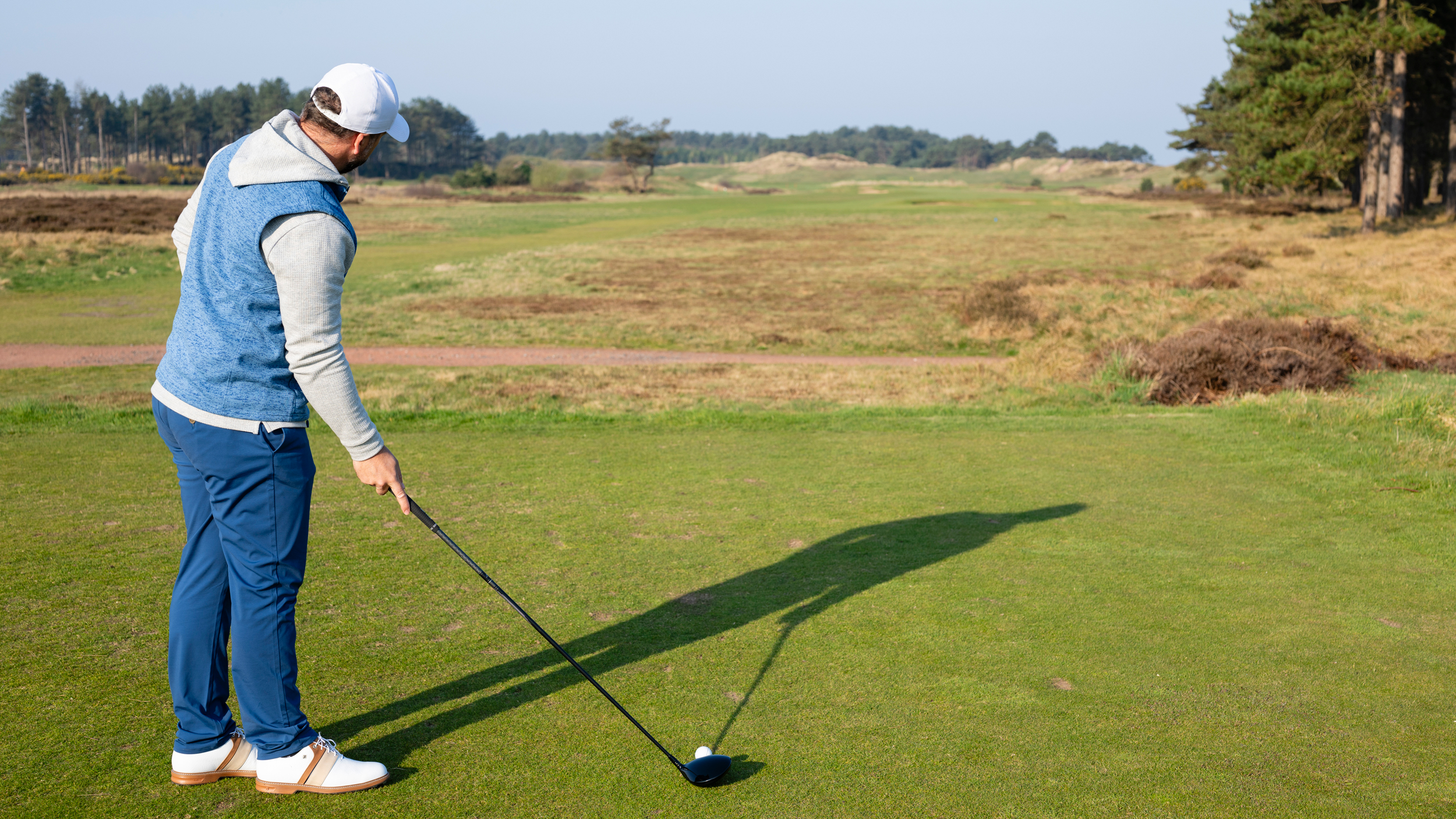
The Shot Scope data says that from 450 yards away, golfers are statistically better off using driver than any other club in the bag
The golfer should always aim to be as far down the hole as possible with avoiding bunkers and hazards - hitting a fairway bunker will cost golfers a third of a stroke (+0.3 in scoring average when in a fairway bunker versus the fairway).
The average 15 handicap will then have a second shot which is 200+ yards to the pin, which is a very difficult prospect. From 200+ yards this ability of player hits the green only 2% of the time versus a scratch golfer who hits the green 14% of the time.
You have two options - one of which is to break down the hole into more manageable chunks. As Peter Finch explains, most long par fours will have a low stroke index, which means most golfers will get a shot on the hole and could benefit from playing it as a short par five and taking three shots to get to the green. A good habit to get into is to circle all the holes you receive a shot on on the scorecard and adjust your strategy accordingly - a more conservative play should result in fewer double bogeys or worse.
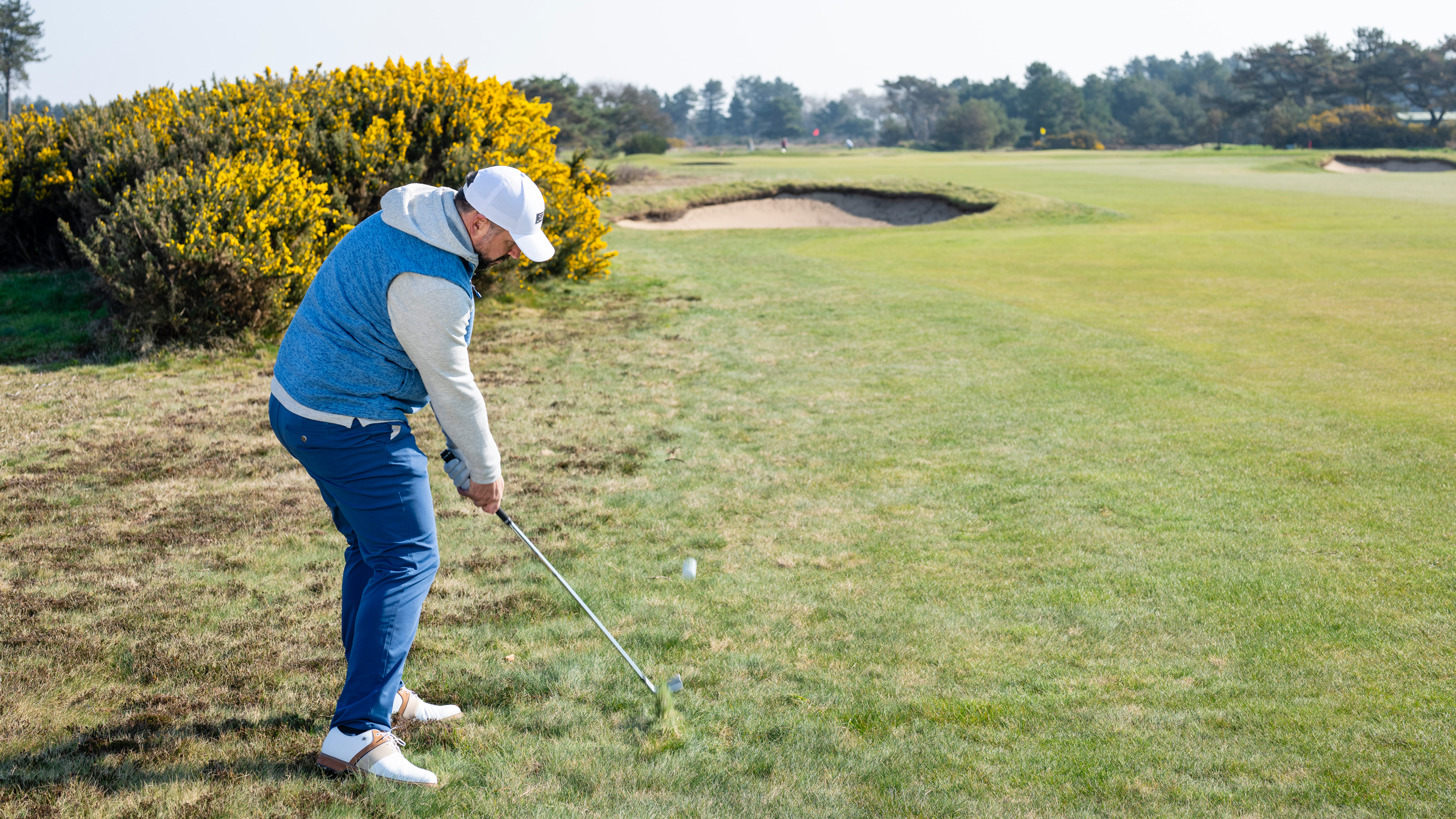
The data, however, suggests that golfers should always aim to get as close to the green as possible (while avoiding serious hazards or bunkers) as a player 30 yards closer to the hole in the rough has the same average shots to finish as a golfer 30 yards further back in the fairway. So perhaps try both and see which one works best for your game.
We hope you found this strategy advice useful and if you're interested in starting your own journey with Shot Scope, whether that be with it's game changing rangefinders and watches or with it's shot tracking technology, be sure to visit the Shot Scope website.
Subscribe to the Golf Monthly newsletter to stay up to date with all the latest tour news, equipment news, reviews, head-to-heads and buyer’s guides from our team of experienced experts.
Articles created in partnership with Shot Scope.
-
 A Garmin Golf Watch With 25% Off On Black Friday? Sign Me Up
A Garmin Golf Watch With 25% Off On Black Friday? Sign Me UpBag yourself a Black Friday bargain on the Garmin Approach S12, which is now 25% off and a steal for under $150
-
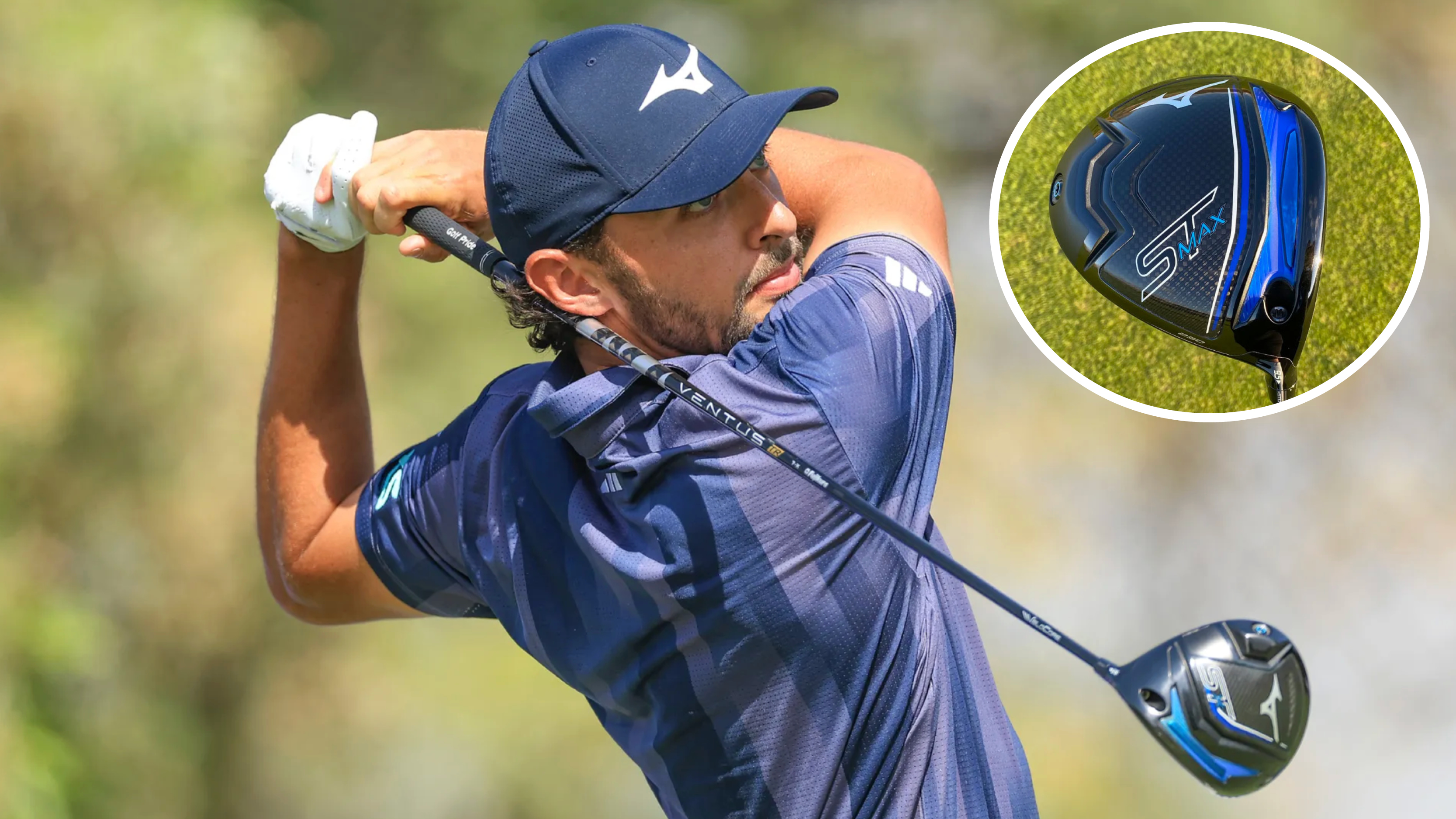 Marco Penge Is Europe's Best Driver Of A Golf Ball - His Driver Is 40% Off And Now Under $300!
Marco Penge Is Europe's Best Driver Of A Golf Ball - His Driver Is 40% Off And Now Under $300!Driver tester Joe Ferguson has been on the lookout for some serious value in the driver category this Black Friday...
